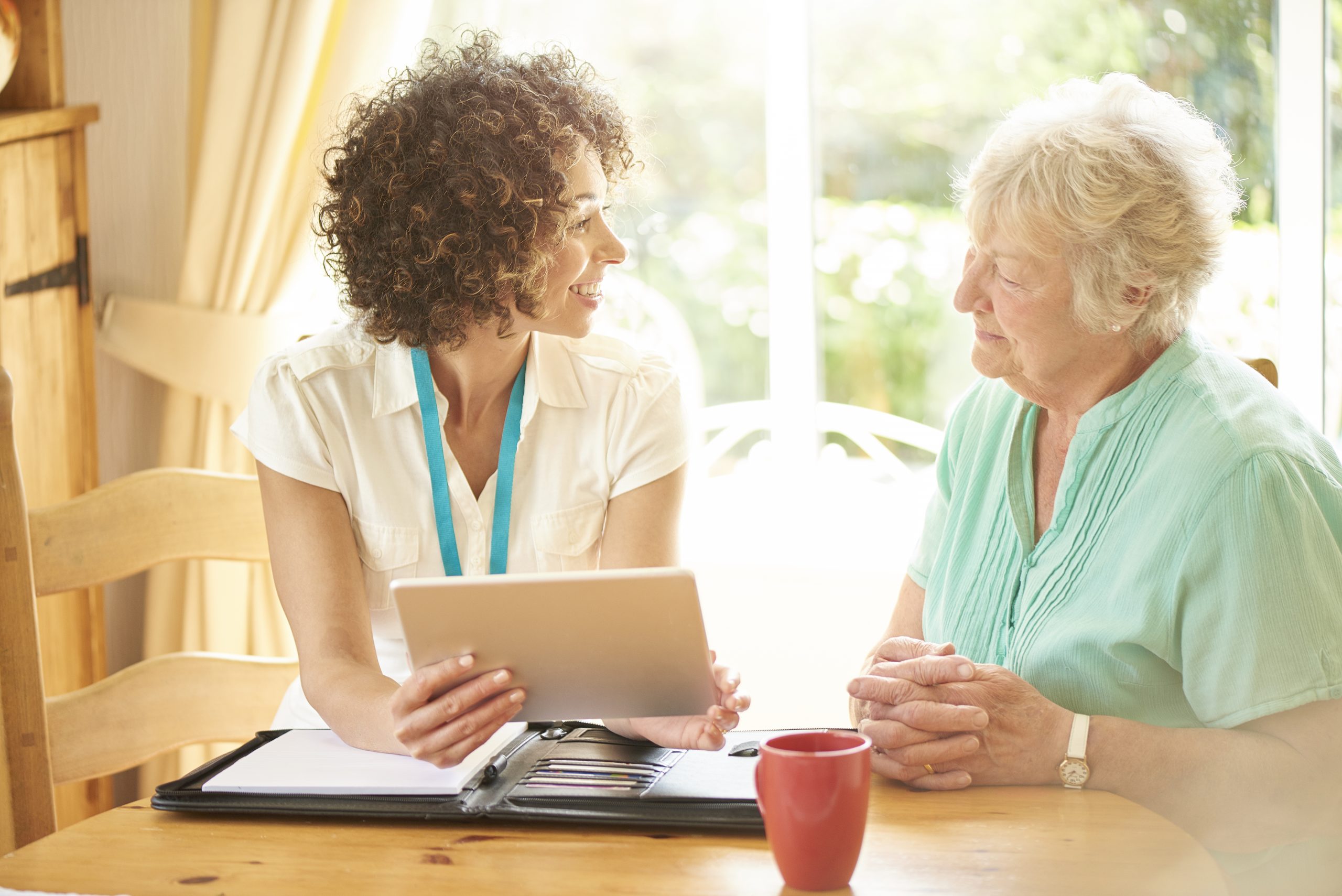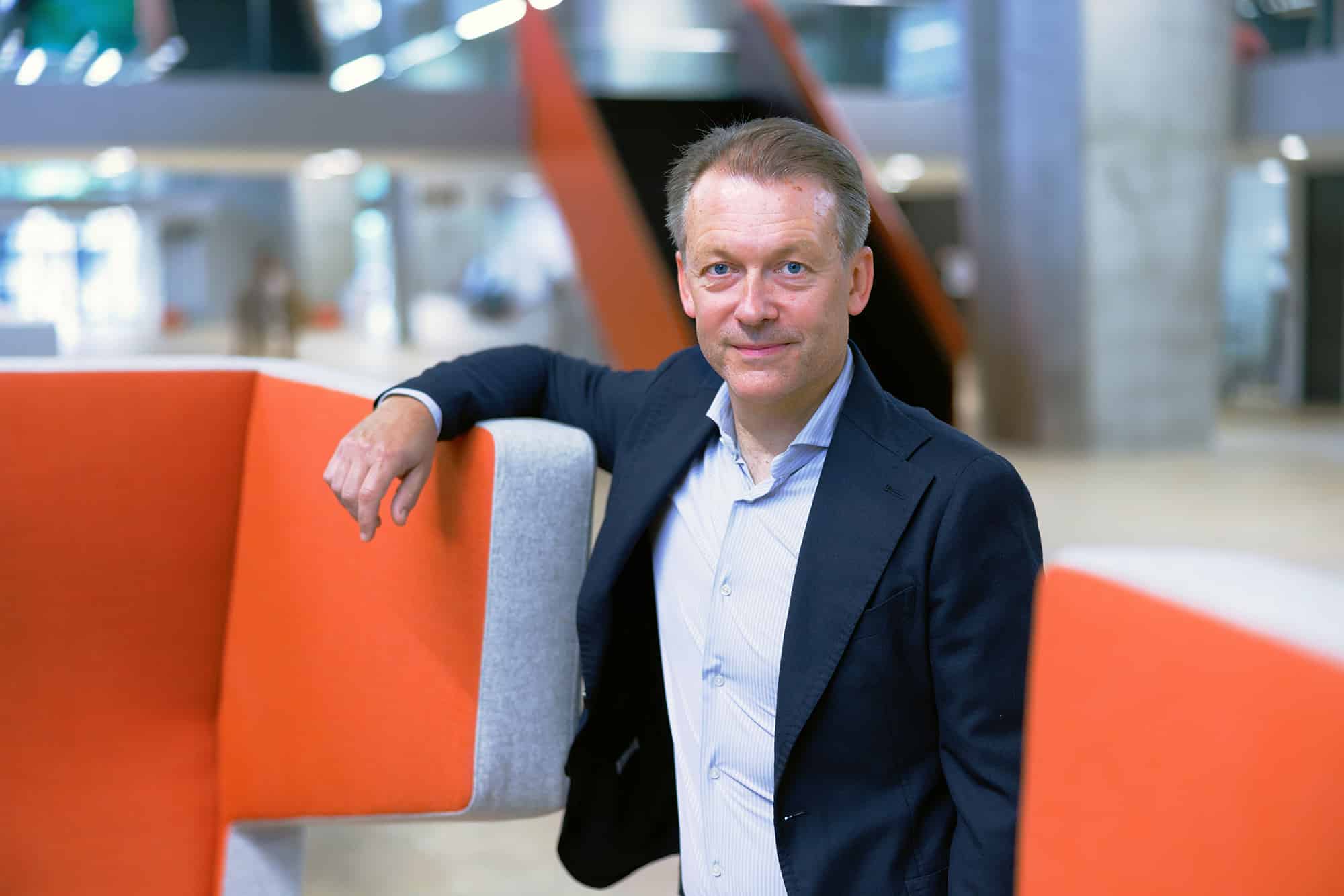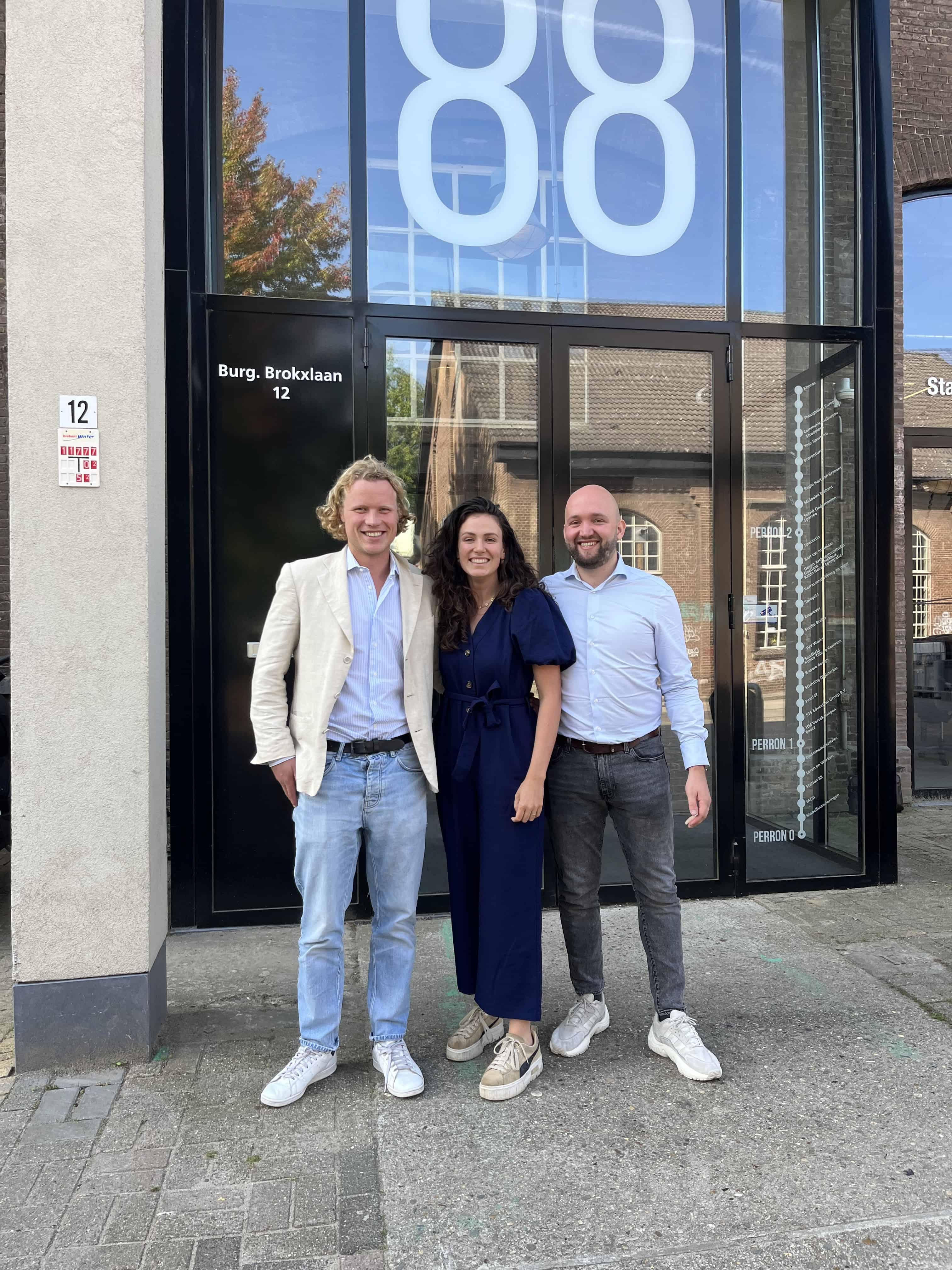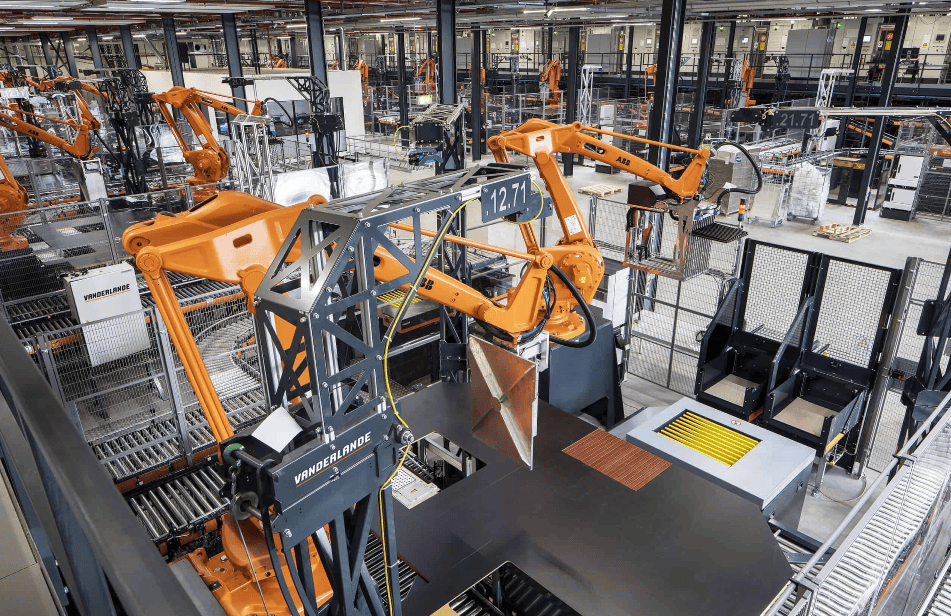
The population is rising and we are getting older and older. As a result, healthcare is becoming more and more expensive. We need to redesign our systems in order to keep healthcare manageable and affordable. Technology can play an important role in this. For example, two start-ups in the South Holland province are developing various apps that make it easier for patients to monitor their own health. Doctors can see at a glance how patients are doing. This in turn enables them to schedule consultation hours more efficiently. That saves time which means that doctors can help more people.
Currently, care is offered via a set directive. For example, people with chronic illnesses such as diabetes go to consultations with their GP every three months. But what if someone needs help in the interim? Or what if an appointment is not really necessary because things are going well? Up until now there hasn’t been an opportunity to organize healthcare like this. But there is now with MiGuide, the lifestyle coaching app. MiGuide helps patients who have type 2 diabetes to adjust their lifestyle in such a way that they can gain control of their diabetes. This means that they might not even need medication anymore.
Lifestyle coaching is key
“Using this app, patients can easily gain insight into their condition at home and learn how to make lifestyle changes. In addition, they can, for example, simply fill in a questionnaire, register their weight and find tips and tricks on healthy living. Things that would normally be done during an appointment with the family doctor. Apart from saving time for GPs, the app adds to the overall quality of life for patients. It also lowers healthcare costs because fewer complications occur and less medication is needed in the long term,” says Arjen Huizinga, co-founder of MiGuide.
This form of lifestyle coaching could be a solution, but according to Huizinga it is harder to implement as part of the ongoing healthcare process. After all, how do you know that someone really is eating healthily and exercising enough? “Insight into what the patient is doing is limited and the patient often needs very intensive coaching in order to truly make a change. This is why doctors nowadays often prefer medication. Then there is more certainty that they have the diabetes under control. However, that’s not always the case.”
Two-way app
The patient gains more control over his or her health buy using MiGuide. “We are trying to reduce the knowledge monopoly that doctors have,” says Huizinga. The family doctor can view this information ‘on the other side of the app’ and give direct advice to the patient if this is required. The app can only be used if it has been prescribed by the GP.
Digitalization can help make healthcare a lot more efficient and thereby ease the burden on the healthcare system. Obviously, the algorithms in an app such as MiGuide must not make any mistakes, which is why Huizinga believes it is essential that the doctor still keeps an eye on things. Perhaps in the future an algorithm will be able to decide more autonomously what advice a patient should receive.
Treatment when it’s needed
Besides MiGuide, the online treatment concept NiceDay is also under development. This is geared towards mental health care. “Our online care service is currently available for people with, for example, emotional disorders such as depression, anxiety issues, stress-related conditions and psychological traumas such as PTSD,” says Jan Peter Larsen, co-founder of NiceDay.
At present, patients still have an appointment at a clinic each week to talk about the progress of their treatment. “This quickly leads to either an excess of treatment or not enough treatment,” says Larsen. “Someone might end up in a crisis and then have to wait one more week for the next session. This has to change.”
Screen-to-screen consultation
A practitioner is able to chat and call a patient via NiceDay. This way, the practitioner really becomes part of someone’s life and can better monitor and guide them wherever that’s needed. “Screen-to-screen seems less personal, but our experience is that people are more open to the practitioner because they are in their own surroundings. The therapeutic relationship is improved and that contributes to recovery in a positive way.”
NiceDay is also a digital tool for practitioners. This saves up to 30% in time per treatment. Duration of treatment becomes shorter as well, from approximately 14 months to 6 months. This results in a higher quality of care and lower healthcare costs.

Reimburse input
However, there is no linear relationship between the time saved and the costs saved. This is one of the problems Arjen Huizinga is facing when it comes to designing MiGuide. “General practitioners currently receive a fixed amount from healthcare insurers for each diabetes patient. Among other things, this is based on the time they spend on providing a patient with guidance. We can use MiGuide to take over a number of tasks for a specific amount of money,” Huizinga explains. “That saves time. Patients might only come to the practice twice a year, the rest is arranged via the app. Consequently, general practitioners are concerned that healthcare insurers will pay less because part of the care is provided by MiGuide.”
Huizinga adds: “We are now in talks with healthcare insurers and general practitioners to see how we can best resolve this. A number of healthcare insurers have promised to keep the reimbursement for general practitioners at the same level, even if they spend less time with a patient”. This gives general practitioners the space to work with MiGuide. “These conversations are not so straightforward though. There are about seven thousand GPs active in The Netherlands, so it’s quite a chore.”
Various concerns at stake
“Anyone who wants to pay for a service should benefit from it,” he says. This is less evident in healthcare. Patients, general practitioners, hospitals and health insurers all have separate concerns. “One party can benefit from a tool while another doesn’t.” Plenty of entrepreneurs who are involved in healthcare innovation are confronted with this problem.
Change is inevitable
Especially when those entrepreneurs look at the preventive angle of healthcare. The innovations from Huizinga and Larsen can also help keep people healthy in the future. That’s a socially acceptable outcome, but it’s not financially interesting for many parties at the moment. Huizinga: “Health insurers buy in healthcare and then resell it. At present, there is no margin for preventive care”. He thinks that the healthcare system has to move further and further towards the preventive side of things.
Moreover, according to Larsen, it is inevitable that more will be done with the preventive aspect. “With the help of NiceDay, we can help people get back on track at an early stage.” In his view, the first steps towards preventive care are already being taken. “But the current revenue model is based on curing people when they’re sick. We will have to organize a revenue model around public health in order to actually be able to take steps when it comes to prevention.”
“Don’t stand idly by, have some nerve …’’
By improving the efficiency of healthcare, more staff will also be available for areas where there is currently a shortage. Such as healthcare for the elderly. “Time and money are needed to make this transition happen. It would help enormously if the government made more money available for innovation and if healthcare insurers would make some room to scale up innovations,” Huizinga says. “The model whereby healthcare is paid for by the healthcare provider is not working as far as digitalization is concerned. Together we need to remove these kinds of barriers in order to scale up innovations and allow them to flourish,” Larsen adds.
The province of South Holland, the metropolitan region of Rotterdam /The Hague, InnovationQuarter, TNO and Medical Delta are all working on this. In addition to apps from MiGuide and NiceDay, the province of South Holland is also experimenting with technologies such as artificial intelligence, eHealth, Virtual and Augmented Reality and robotics. Healthcare technology creates opportunities to move healthcare from healthcare institutions closer to people in their home environment. This gives patients more say over their own health and helps professionals allocate their time more efficiently. This improves healthcare and keeps it affordable.
Stakeholders and patients need to cooperate
A technical solution on its own is not enough. In order to ensure that this is implemented effectively, stakeholders such as healthcare technology providers, healthcare insurers, hospitals, municipalities, healthcare institutions, healthcare professionals and patients need to work together. A special healthcare technology scheme has been set up in South Holland to accomplish that. Larsen and Huizinga are fully committed to participating in this. Larsen: “As young companies, we shouldn’t just sit around and wait and see. We have to do everything we can to help improve the healthcare system.”








